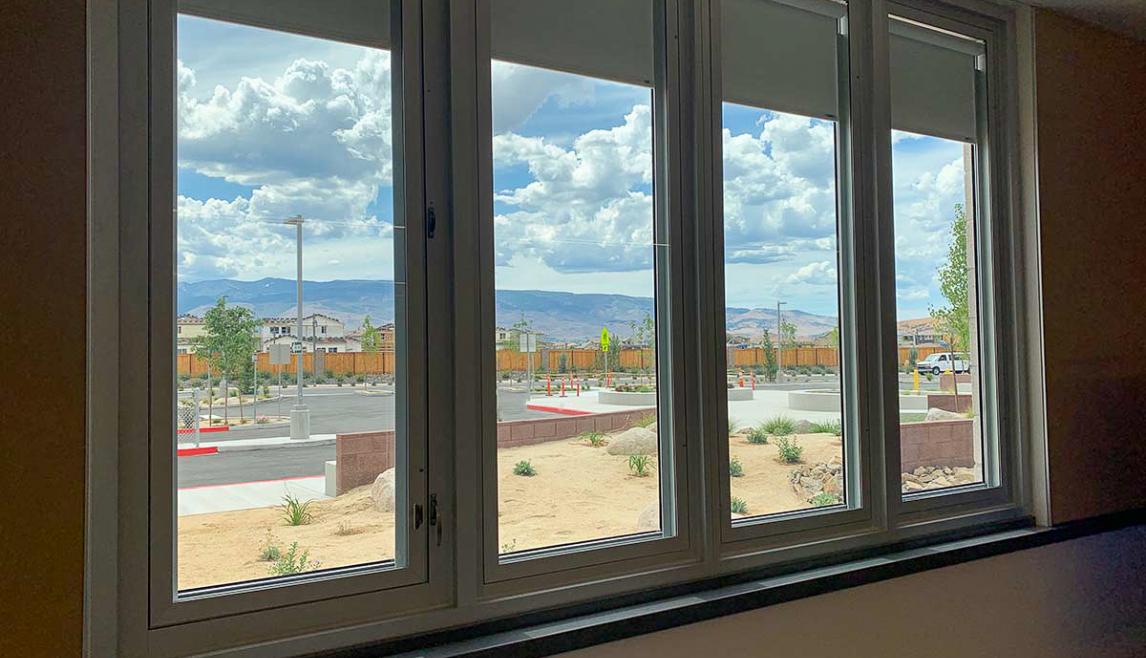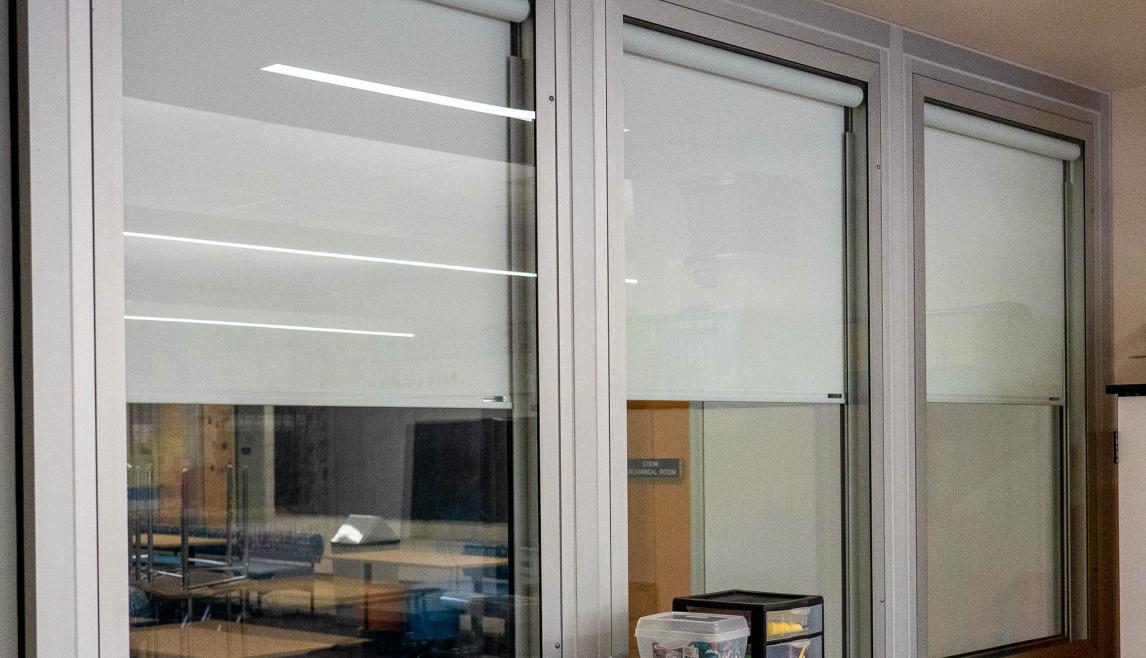Unlike other buildings, hospitals must stay operational 24/7, so it’s no surprise that hospitals use more energy than almost every other building type in the country.
As a result, a hospital or healthcare facility has a lot to gain by increasing energy efficiency. Not only can it reduce their carbon footprint and improve their Environmental, Social and Governance (ESG) score, but focusing on energy efficiency can also significantly reduce costs. Hospitals like Hampstead Hospital in New Hampshire made upgrades to their windows that achieved not only energy efficiency improvements but life safety features as well.
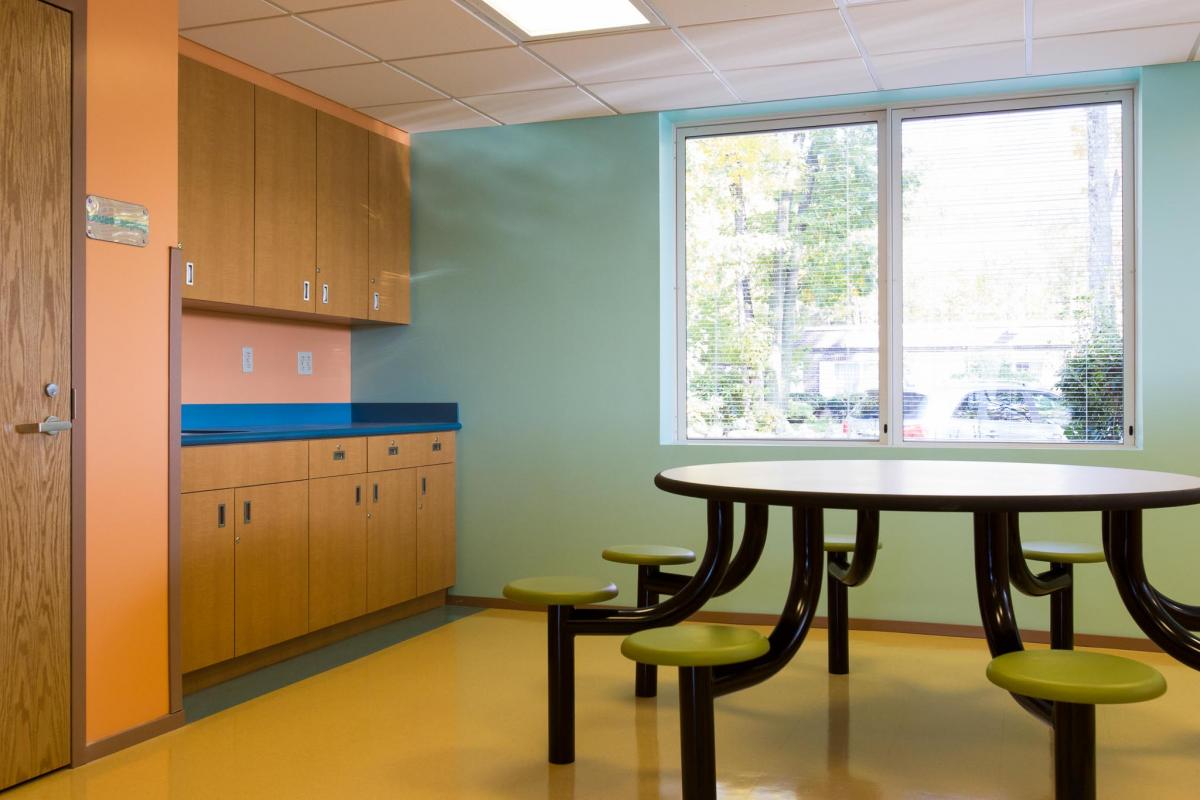
However, making a hospital more energy efficient isn’t always a straightforward task. Administrators and facility managers must find ways to reduce energy costs while maintaining high environmental standards.
When attempting to increase energy efficiency, hospitals must consider a variety of things, including infection control, regulatory requirements and their current level of water and energy consumption.
For example, some ventilation solutions aren’t available to hospitals because they have such high standards on indoor air quality (IAQ). As a result, facility managers have to be thoughtful about their approach to achieving energy efficiency and reducing energy costs.
Thankfully, several proven strategies exist to safely and effectively increase energy efficiency inside hospitals. Let’s review five of them:
1. HVAC Optimization
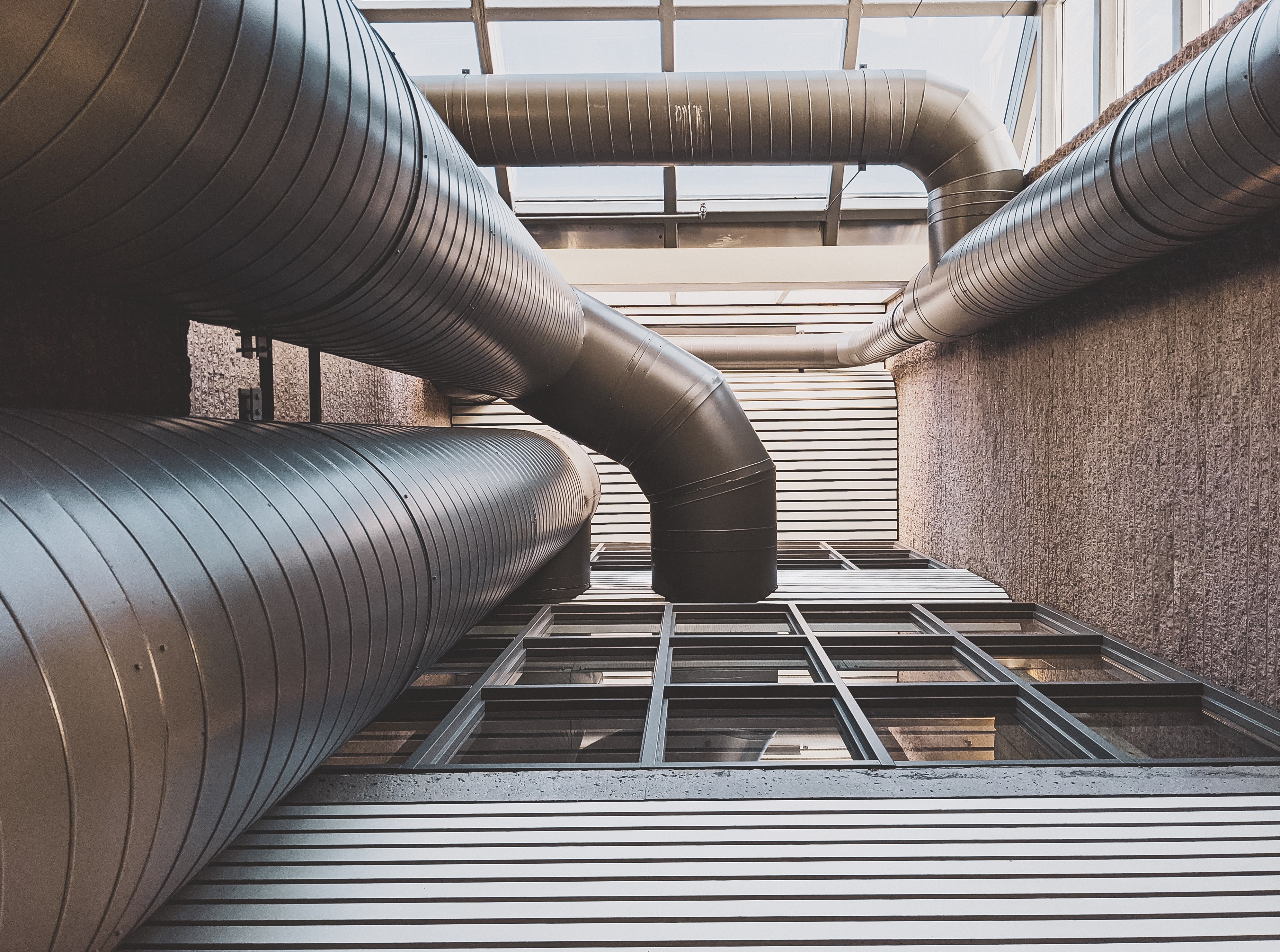
If a hospital’s HVAC isn’t optimized, it could be costing a fortune; HVAC maintenance and optimization are critical to reducing energy costs. There are many ways to improve an HVAC’s efficiency like updating fans, coils, filters, ducts, controls and overall design. Most of the methods are relatively cost-effective, too.
Replacing the filters and underperforming components can significantly improve HVAC performance. Another method involves creating a ductwork design using dampers to provide different heating and cooling settings for particular areas. Settings can be further optimized by setting HVAC to timers for specific areas that don’t need 24/7 heating and cooling.
HVAC optimization aims to ensure that the HVAC system performs at its best ability. To do this, hospitals simply need to have regular maintenance check-ups on their system and make any necessary repairs and optimizations.
2. Heat Recovery
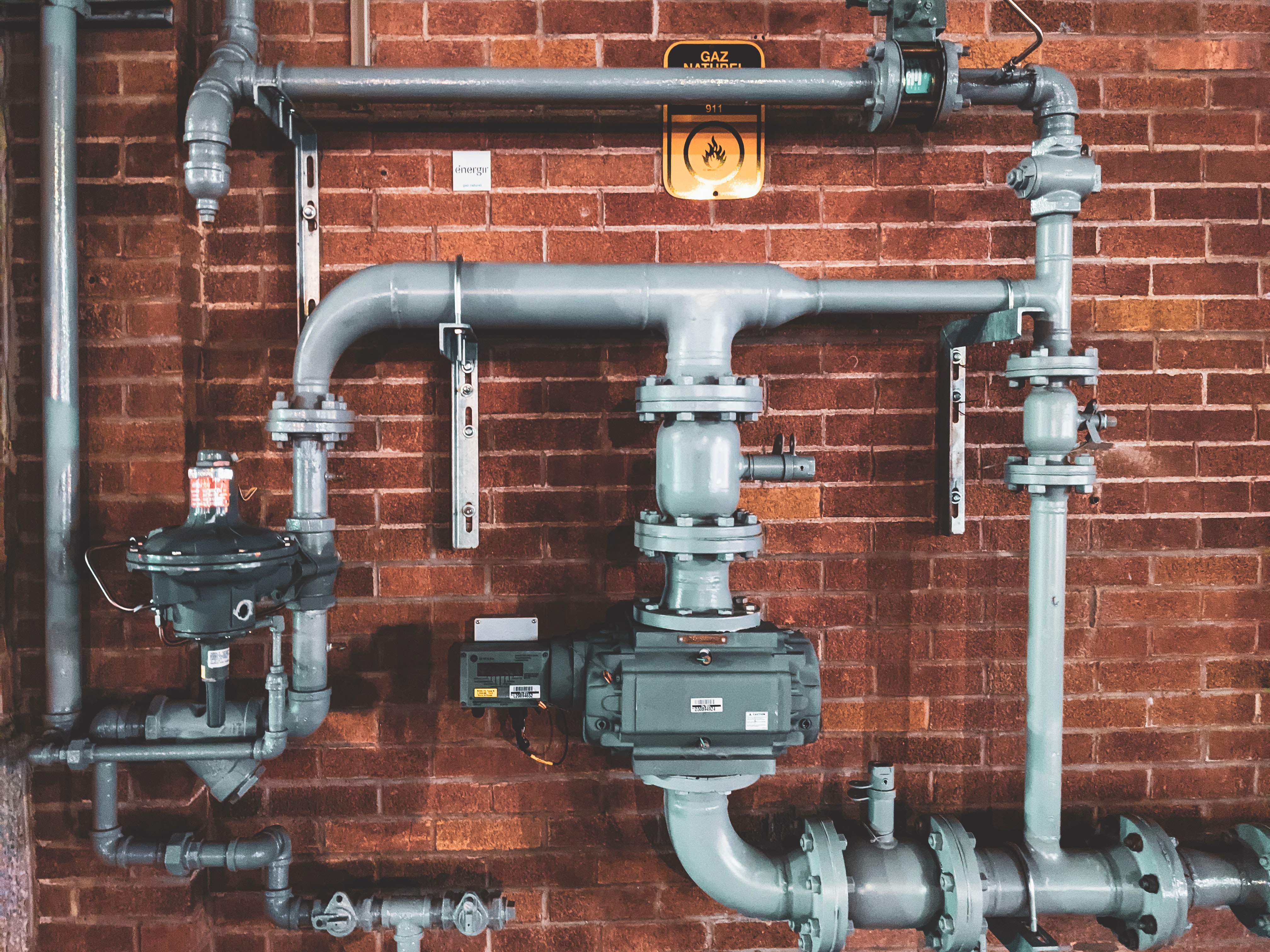
Nearly two-thirds of all the energy used by traditional electricity is wasted. Heat recovery systems aim to remedy this issue by converting the discharged energy into usable energy. A heat recovery system allows facilities to convert waste heat into energy and then use that energy for things like cooling and heating.
These systems help existing equipment reach efficiency rates of 80%, compared to 50%. As a result, hospitals have had great success with incorporating heat recovery systems into their energy efficiency plans.
3. Lighting Control Systems
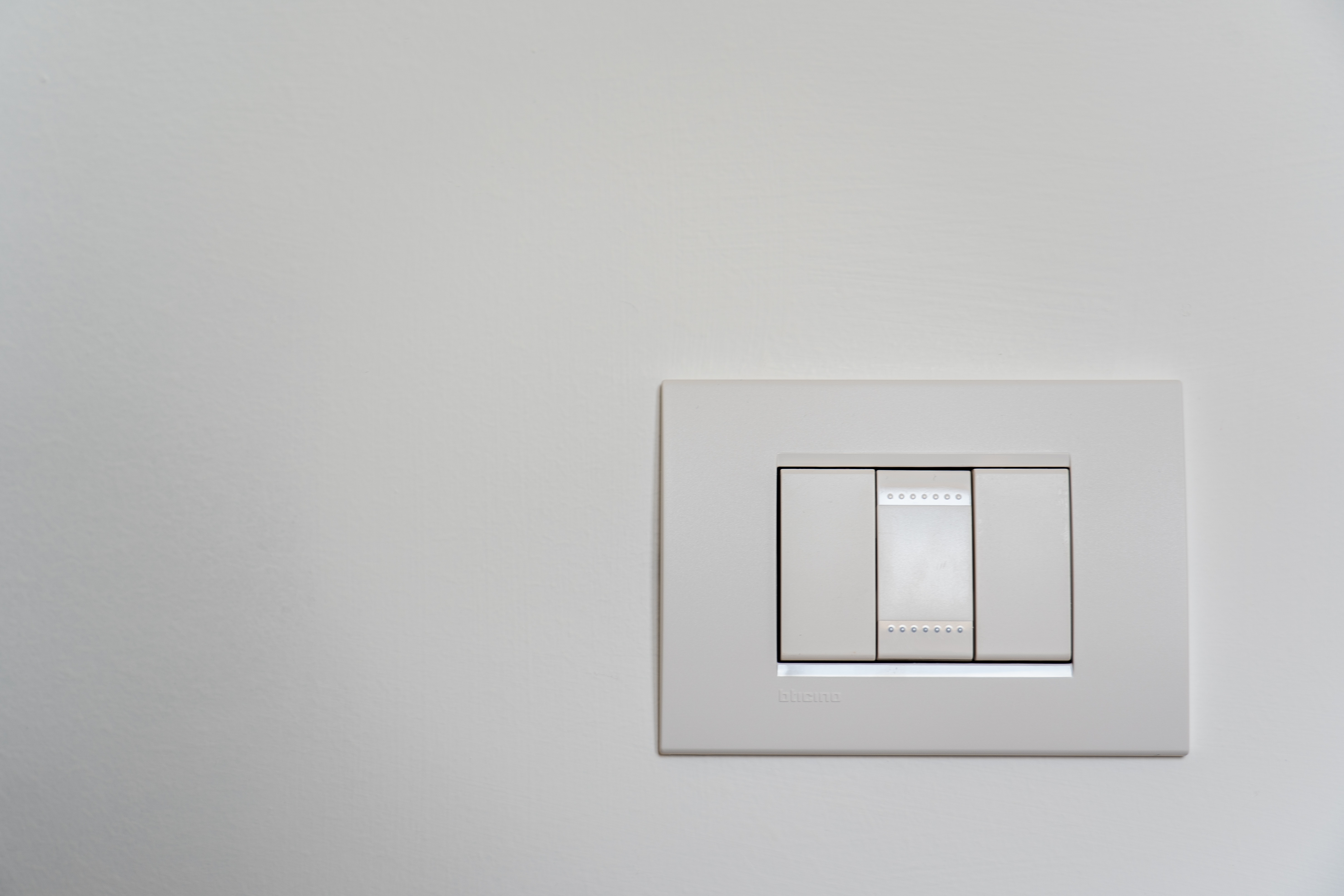
According to a 2018 Commercial Buildings Energy Consumption Survey (CBECS) report, lighting accounts for almost 20% of all electricity consumed in U.S. commercial buildings.
Lighting control systems are used to manage light usage with settings that are customized to your specific needs.
If parts of the hospital are used less than others, you can install a vacancy sensor system that will shut lights off when a room isn’t in use. For example, you could install this system in supply closets, bathrooms or even electrical rooms. When someone opens a door and enters the space, the lights will come on. When that person leaves and the sensor detects vacancy, the lights automatically cut off.
In addition, if parts of the hospital are only used during specific hours of the day, like gift shops or a free clinic, you could have a timing system installed to work off a predetermined schedule.
Implementing these systems is a quick way to reduce costs significantly while also improving your hospital’s productivity.
4. Building Management System (BMS)

A building management system (BMS) is a technology-based system that’s responsible for monitoring equipment ranging from HVAC systems to lighting controls to security networks. It is like an invisible orchestrator that keeps track of and manages equipment while also optimizing a building’s controls.
In other words, having this system provides hospitals with unrivaled insight and control into their building’s operations. When it comes to energy efficiency, it can help identify places where the hospital is unnecessarily draining energy. It can control smart thermostats, lights and other equipment that drain energy. It can also provide a detailed overview of which equipment is working or not.
Ultimately, having a BMS allows you to better understand your hospital’s energetic load while highlighting and providing solutions to decrease it.
5. Insulated Thermal Windows with Automated Shade
Poorly insulated and designed windows can cause up to 40% of a building’s energy to be lost. Often, the solution is smaller windows and heavy glazing. However, this isn’t the best course of action in a hospital because access to natural light and the outside world is critical to patient care.
That’s where insulated windows with automated shades come into play. Winco Window Company offers the Transira™ Window Solution. These windows are insulated thermal windows with a high-performance, automated shade that is built between two panes of glass. These windows provide increased energy savings, boost occupant comfort, reduce health concerns and provide an added layer of security.
The Transira™ windows allow the shade to be controlled with your BMS or with local control in the patient rooms via a keypad or remote, allowing you to optimize energy efficiency and patient comfort.
Boost Your Hospital’s Efficiency With Transira™ from Winco Window
Replacing windows is a fantastic way to immediately increase your hospital’s efficiency. For more information on our Transira™ Window Solution, click here.
If you’re ready to get started with insulated thermal windows in your hospital to increase efficiency, find your local Winco Window representative today.



